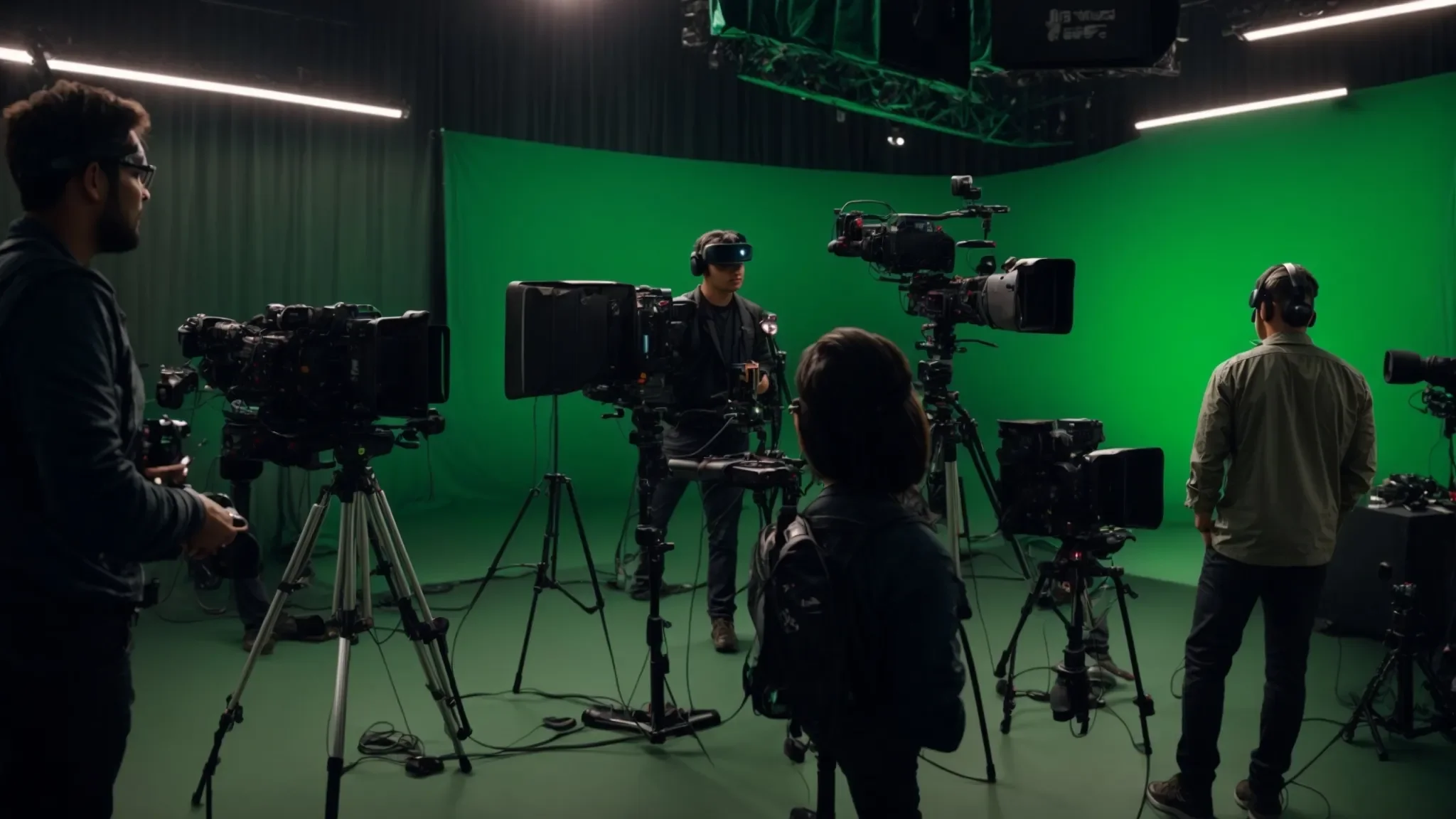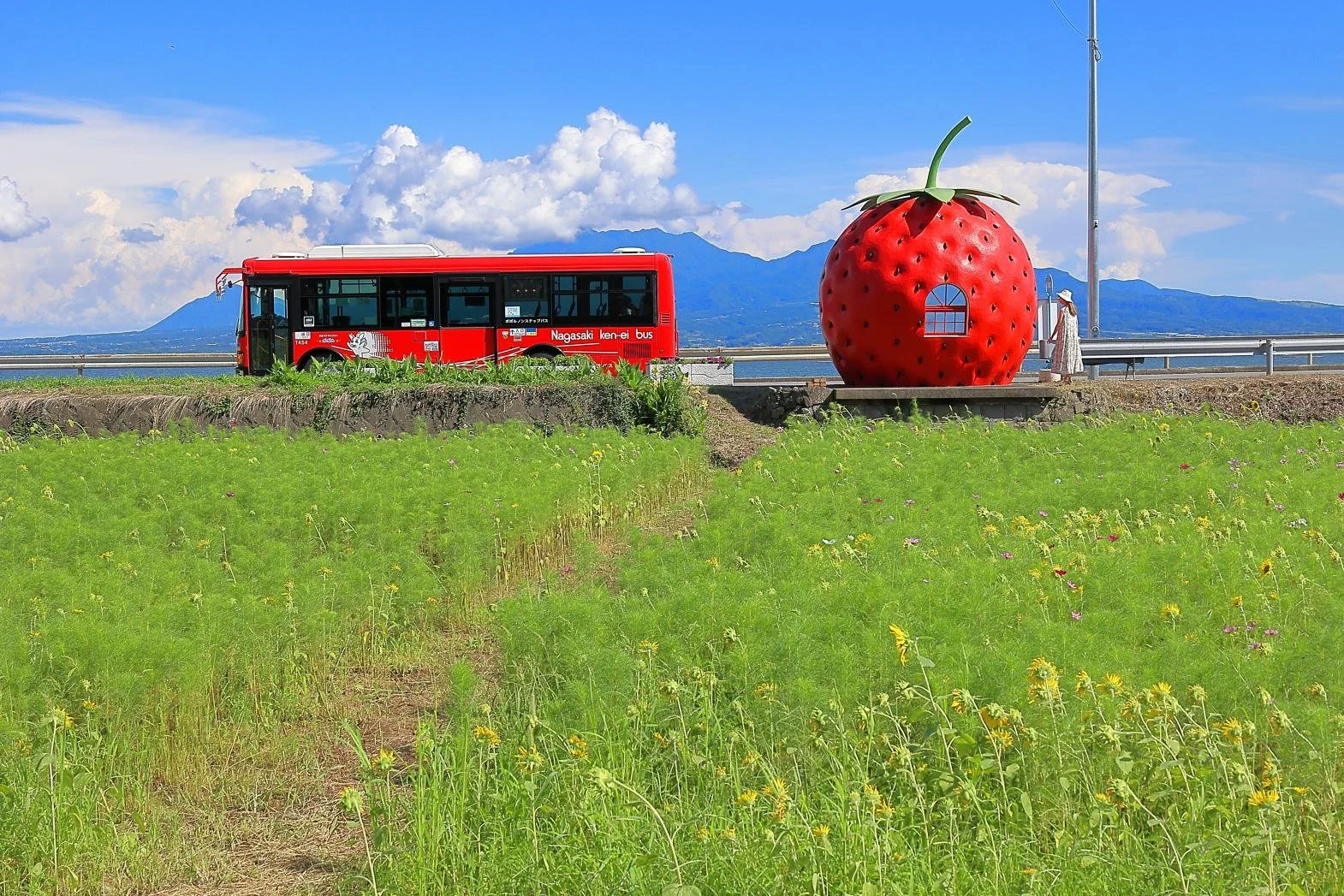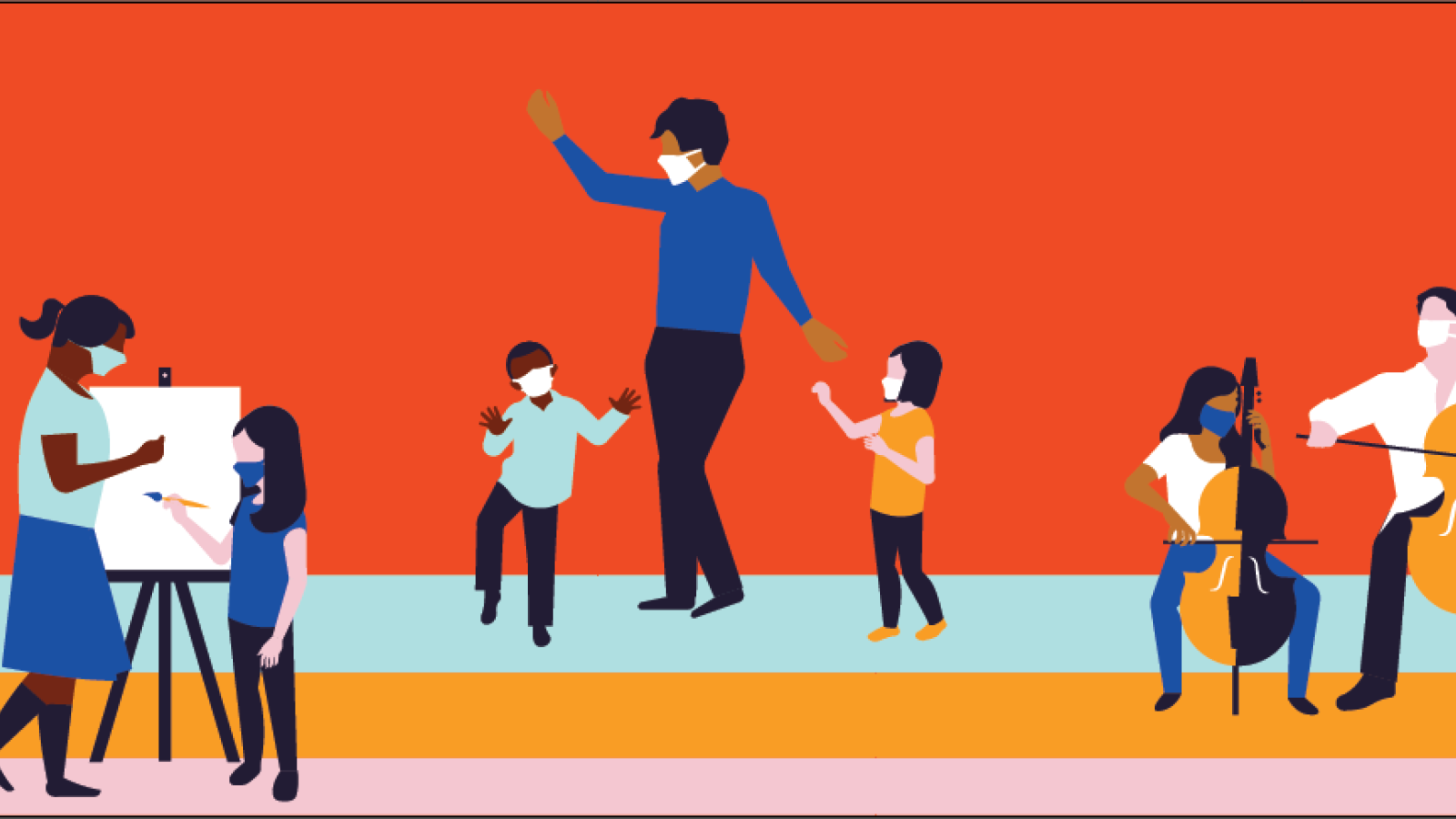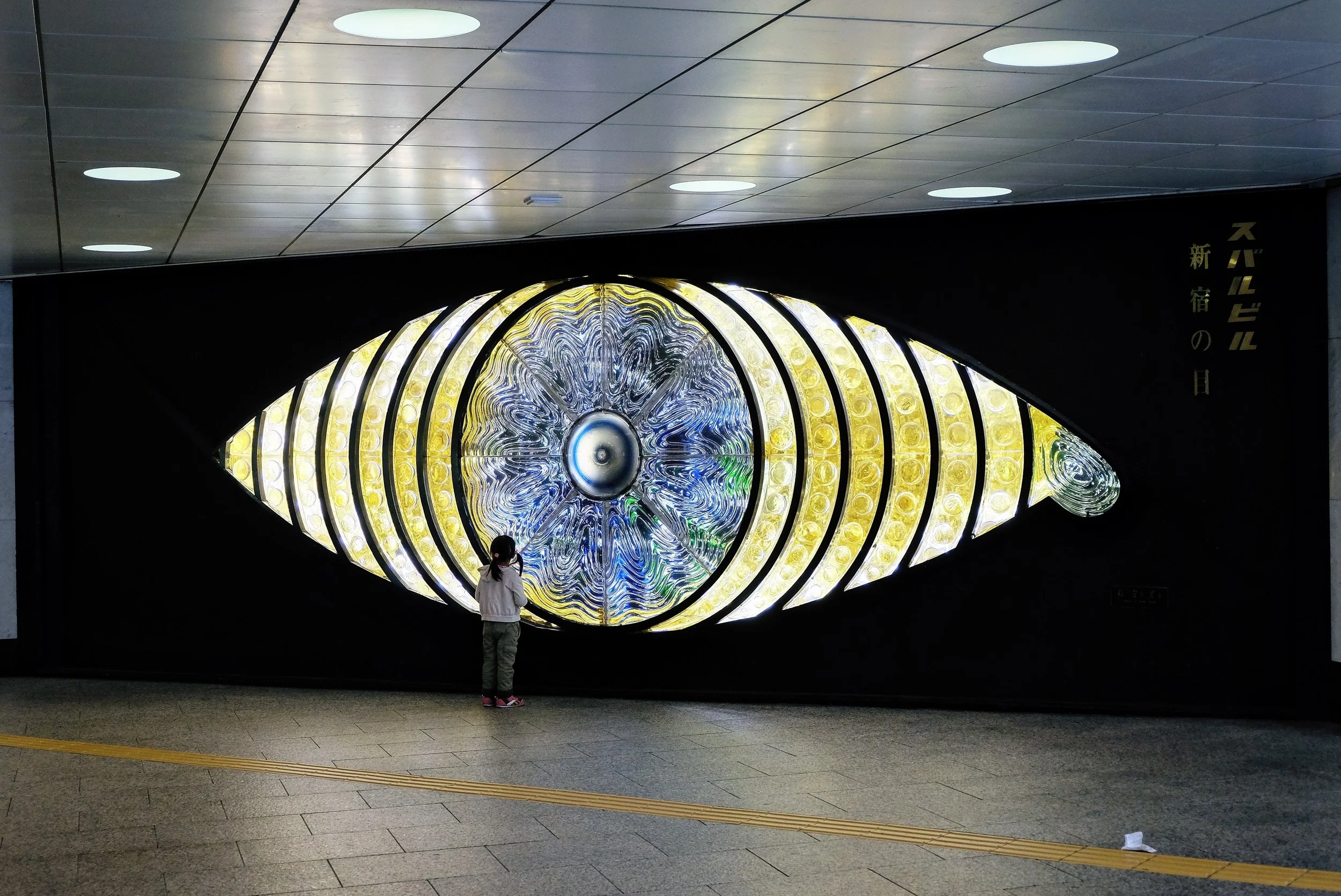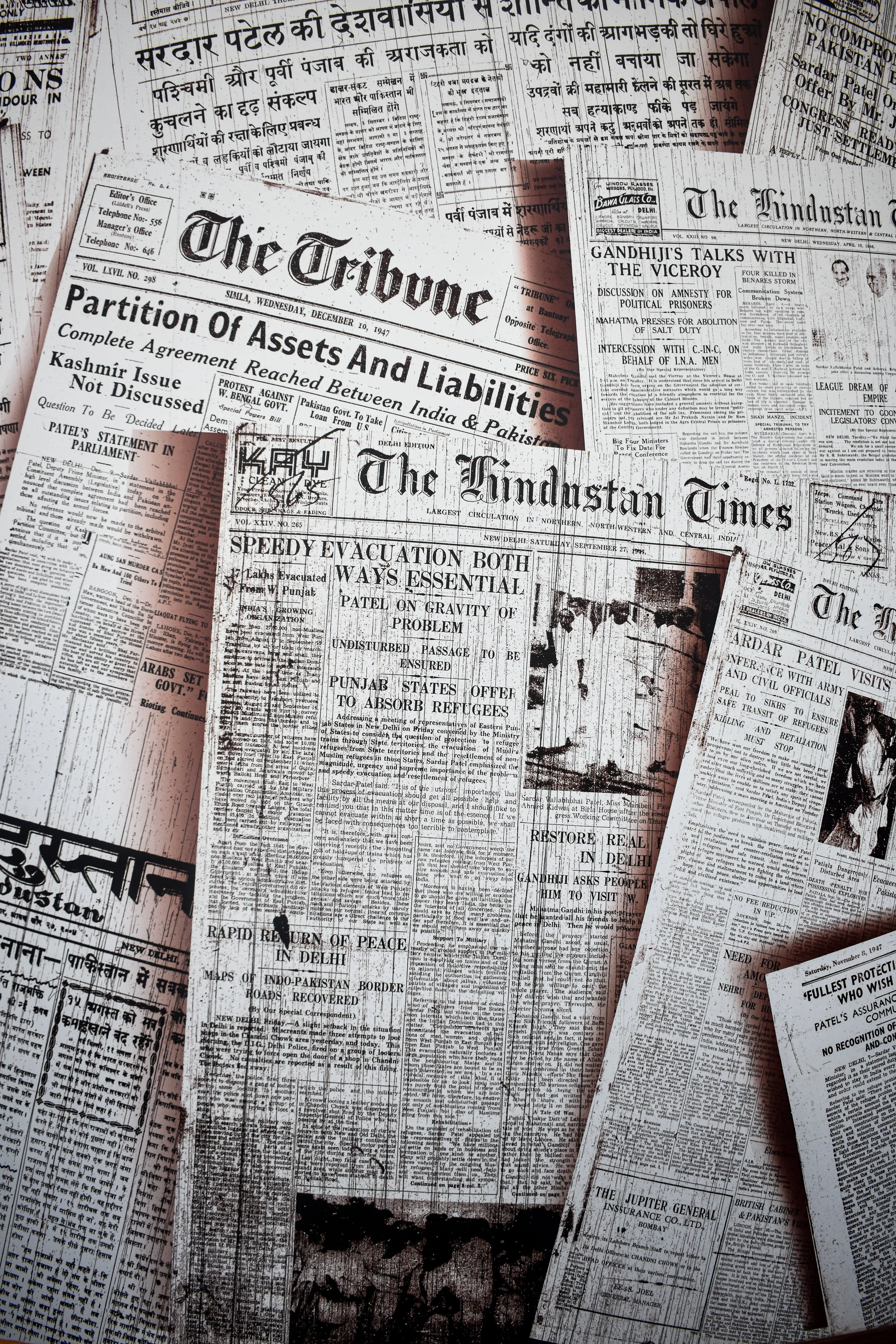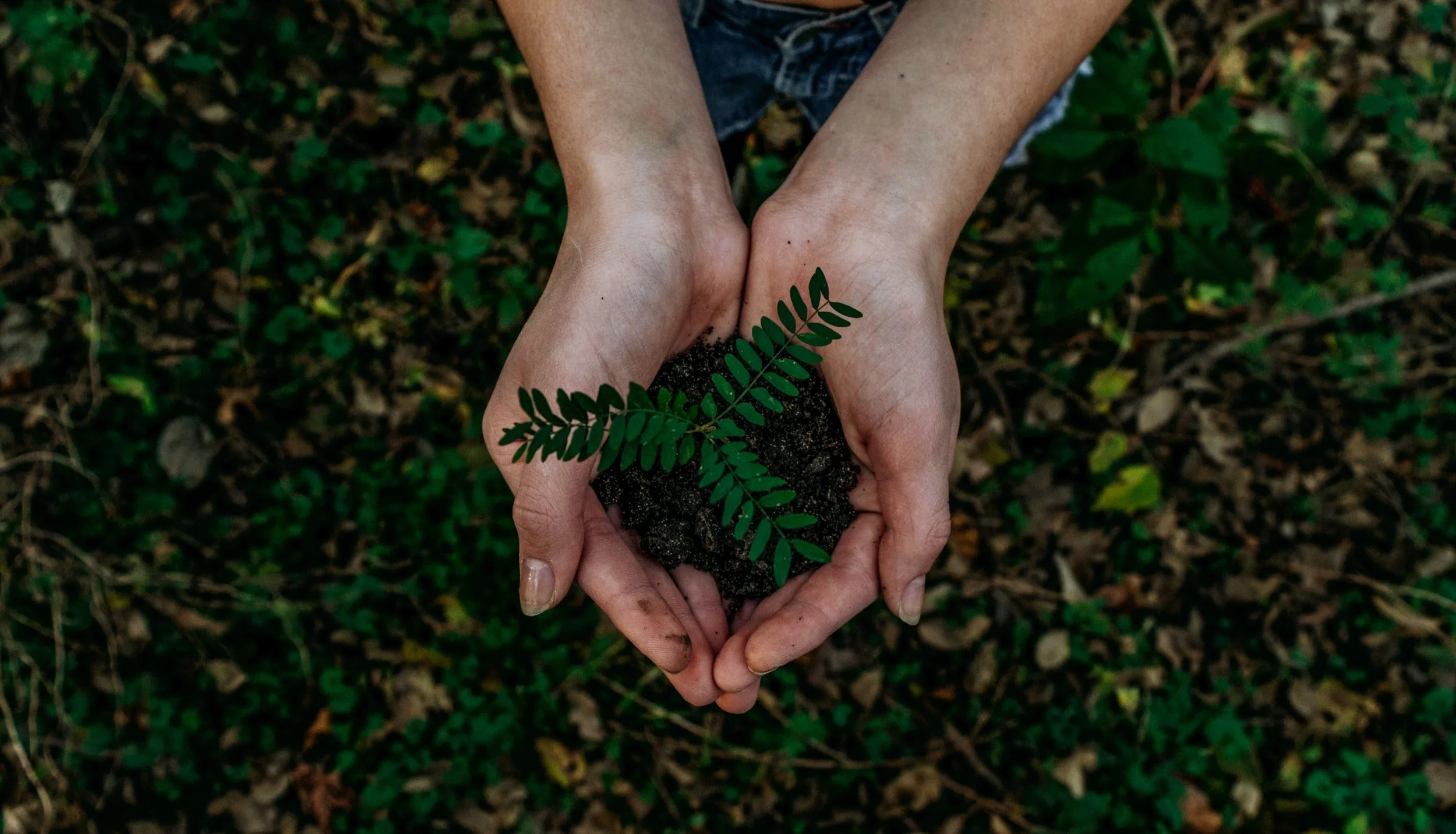Between 2017 and 2024, portrayals of motherhood on American television evolved alongside seismic shifts in reproductive rights policy. As streaming platforms expanded creative freedom, shows depicted increasingly diverse maternal experiences—grappling with infertility, childcare, abortion, and the pressures of “good motherhood.” At the same time, landmark legal changes, including the 2022 Dobbs v. Jackson decision, reshaped the national conversation about reproductive agency. This article explores how television both reflected and anticipated these political transformations, revealing the cultural narratives that influence—and are influenced by—the legal realities of parenting in America.
Philanthropic Paradigm Shifts: Final Report
Deep research presents the complexities underneath a system. This article provides an overview of a recent report that comprehensively examines the evolving landscape of philanthropy, particularly its profound effects on arts justification and data cultures. It delves into how the arts, traditionally seen as outside classical economic theories, have progressively become integrated into the economic sphere due to the rise of industrial foundations and government arts councils in the 20th century.
May News: Impacts of Federal Cuts to Arts & Media
This May has been a somber month for arts and cultural organizations across the United States. Flurries of executive orders coming out of the Trump Administration have made good on day-one promises to gut government spending, nix entire funding agencies, and weaponize the state apparatus against public media, information, and culture. Learn more about five news paths you might have missed, from executive orders and funding cuts to the unbalanced, precarious funding landscape in which nonprofits currently stand.
Transportation as Community Space: the Case for Public Art at Bus Stops
When bus stops are transformed from sterile slabs of concrete to works of site-specific art, they become arteries for cultural expression. This success is critical to the growth and overall health of communities, not just in the United States, but around the world. By connecting residents to their own cities, both literally and creatively, transportation authorities can become active cultural contributors. Could this approach work for Pittsburgh's Wilkinsburg borough?
How President Biden's Executive Order Might Affect Artists and Arts Organizations
On Monday, the headlines were ablaze with President Biden’s executive order addressing safe, secure, and trustworthy Artificial Intelligence. At 111 pages, the order offers a breadth of policy frameworks and standards creation that affect government operations and industry reporting. However, several areas of note have a direct potential impact on the work of artists and arts organizations: Watermarks of content authenticity, Copyright, and Labor.
In the News: January 2023
Essential Benefits of Arts Education for Students
Secondary school arts education is undeniably a consequential and vital experience for students to grow personally, socially, and intellectually. It benefits students inside and outside of the classroom in numerous ways. This article examines the various core standards for arts education and how they impact student development.
The Arts Education for All Act: A Catalyst for STEAM Education
The demand for STEM practitioners is growing in tandem with the demand for workers who are equipped to think about their social and ethical aspects. The intrinsic values of the arts, such as empathy, community, and imagination, combined with the logic of the STEM model, create a more well-rounded experience for youth. Agnes Chaves, a new media artist and founder of STEMarts Lab, advocates for the idea that STEAM education practices allow students to understand the ethics behind new technologies and their impact on nature and humanity when approaching a problem. Particularly for larger societal problems such as digital inequity, it’s crucial that students perceive themselves as caretakers of the planet and global citizens.
In the News: August 2022
Approaches to Data Privacy in Arts Organizations
In the current digital economy, privacy is elusive. In fact, much of the Internet as we know it is made up of services and practices that use data as a form of payment, without making that transaction clear. This article explores how individuals and organizations in arts enterprises can maintain better privacy and data protection for themselves and their clients using existing technology and techniques. It begins with a brief background on the state of digital privacy, and then provides into an overview of existing techniques and technologies that could be applied within the arts.
In the News: July 2022
July has been a whirlwind of a month at the intersection of art and technology. From possible successful legislation on data privacy in the US, to the Italian government putting its foot down on NFT sales, or just an AI making uncanny valley art that is starting to get a little too real, a lot has happened in the world. The spread of articles below give a glimpse into a small portion of the interesting events that have occurred this month!
TBT: Education, Gamification, & Public Policy
The Importance of Nonprofits' Prioritization of Patron Privacy
In 2021, TikTok updated its privacy policy which allowed it to collect biometric data on its users, including faceprints and voiceprints. Rather than explicitly informing its users about this change, the app vaguely communicated that they were issuing a “privacy update.” Once people found out what the update entailed, concern rightfully grew. This type of data collection indicates a significant shift from companies collecting behavioral data on their consumers to something much more invasive and without true consent. Only 36% of Americans trust tech companies using facial recognition technology. In general, public trust in Big Tech has been steadily falling in the United States. Regardless, however, most people still click “accept” to the Terms & Conditions on any website without actually knowing what is being agreed to, indicating a disconnect between what US citizens expect from businesses and what is actually being conducted. With a lack of national protection, nonprofit organizations must assume responsibility in protecting personal consumer data and using it ethically.
Three Platforms of Value for Independent Artists
Indie artists have been traditionally excluded from major labels due to their obscurity and improbability of generating revenue, causing difficulty in creating a career. Nowadays, however, independent artists have more power and capacity to survive, even thrive, without the help of a major label. The advent of the internet, streaming, and social media, as well as legislation regulating for rights of independent recording artists, have pivoted the music industry in the 21st century.
Music Piracy Through NFTs: Copyright Infringement in the Age of Blockchain
NFTs, or non-fungible tokens, have gained massive popularity in recent years, touching industries from fashion to video games. NFTs occupy a unique space under copyright law, but are subject to the basic rules other art forms are. The law protecting digital assets, the Digital Millennium Copyright Act (DMCA), was passed in 1998 before NFTs were prevalent. The DMCA allows any artist to request a work be taken down if it is something they have ownership over and did not authorize its publication. This extends to artists with any ownership stake, whether they are a singer-songwriter with sole ownership over a song, or a whole team of writers and producers. While NFTs have the potential to benefit musicians, the music industry has fallen victim to the copyright issues NFTs present. Music industry professionals should understand the vulnerability of their work and consider monitoring NFT marketplaces to get ahead of being victims of copyright infringement.
Why Arts Nonprofits Should Care about Big Tech Lawsuits
Antitrust lawsuits in the United States had its historical beginnings with the Carnegie Steel and Standard Oil monopolies. The early 20th century was a time of trust-busting and a battle of government regulation of these industries, which were seemingly impossible to control due to their power through insurmountable wealth and market domination. Then, the 70s and 80s saw the trust busting of the Bell System in the sector of telephones and communication. Now, almost exactly a century after the passing of the antitrust laws and almost a half-century after the most recent conglomerate disaggregation, monopolies adjacent to the industry of telephone and communications run rampant in the United States – and the government is again facing difficulty in quelling their expansive power. This article will analyze three ongoing and one recently closed antitrust cases against Amazon, Apple, Alphabet, and Meta, and suggest effects that the rulings may have on how the nonprofit industry functions.
The Impact of Emerging Sustainable Practices in the Film Industry
Sustainability is important to every industry, especially film, as each production (with an average $70 million budget) produces a carbon footprint of 3,370 metric tons. TV and film productions create an abundance of carbon emissions, significantly affecting the atmosphere. However, carbon emissions are not the only aspect of sustainability the film industry must focus on. Sustainable Development Goals (SDGs) provided by the United Nations (UN) show that practicing sustainability involves much more than climate change. While the film industry is making many strides towards greener productions, there are many issues that have yet to be addressed. Such issues include livable wages (SDG 8), gender equality (SDG 5), and responsible production and consumption (SDG 12). These are a few of the most prevalent ways that the film industry can follow the path of sustainability per the UN guidelines.
Technology Connecting ICH Motivations and Safeguarding Responsibilities
In an increasingly virtual work environment, digital technology is becoming a standard tool for creative industries. Cultural heritage work is no different. A broad variety of tools are being used to safeguard cultural heritage sites and objects, from partnering 3D modeling, drones and artificial intelligence for a preservation project on the Great Wall of China, to virtual reality being used to replicate and recreate the Dunhuang Caves. With the growing attention for intangible cultural heritage (ICH), it is important to explore what digital tools are being used for fulfilling intangible cultural heritage safeguarding responsibilities and what opportunities exist for other projects and their practitioners.
Intangible Cultural Heritage: Context and Digital Approaches for Safeguarding Efforts
Digitization efforts for cultural heritage are standard practice for institutions of all sizes, ranging from simple metadata records to elaborate 3D renderings of ancient sites. While the discussion of digitally preserving cultural heritage at large is prominent, the intersection of intangible cultural heritage and digitization practices requires specific recognition. This includes understanding intangible cultural heritage and its value for society. This article examines the emerging and evolving landscape of intangible cultural heritage, its global impact, and current efforts for safeguarding these intangible items in order to address how this field is being organized and used.
Creating Sustainability in the Film Industry
When thinking about sustainability the first thought that often comes to mind is climate action, net-neutrality, or carbon emissions. Sustainability, in fact, has many other aspects beyond the climate. The United Nations developed a list of 17 goals in 2016 with a goal for the world to reach in 2030. These goals address holistic sustainability – aiming to help increase the quality of life worldwide. As organizations become conscious of their environmental impacts, more approaches in greening the industry and a tangible plan to fight climate change will be more readily implemented by the film industry, while still producing new content for the world.

